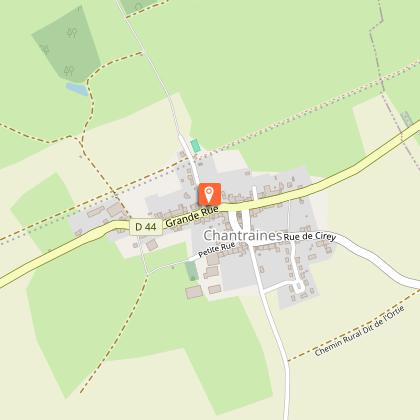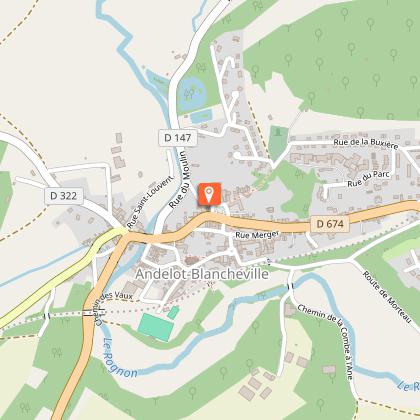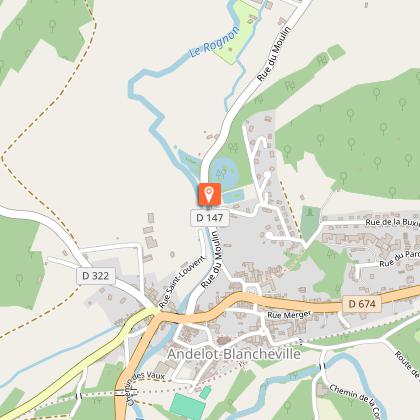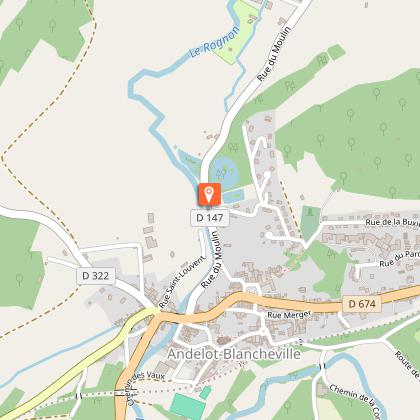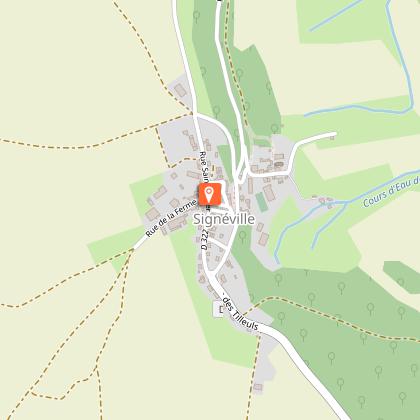Tours
Activities
Places of interest
Where to eat
Where to sleep
Discover Mareilles, Haute-Marne: gem of Champagne-Ardenne
Are you in charge of the destination?Dive into the heart of Mareilles, Haute-Marne, Champagne-Ardenne, and be charmed by its picturesque allure. Start your adventure by exploring the local vineyards, where you can sample some of the region's finest wines. Enjoy the hiking trails that wind through rolling landscapes, offering breathtaking views of the surrounding countryside. Walk up to Château de Lafauche, a medieval relic steeped in...See more
What to do in Mareilles
See more suggestionsEnjoy unforgettable moments in Mareilles by booking activities for everyone.
See more suggestionsIGN cards

3118SB - CHAUMONT BIESLES
Editor : IGN
Collection : TOP 25 ET SÉRIE BLEUE
Scale : 1:25 000
13.90€

TOP75039 - FORÊT D'ORIENT LAC DU DER-CHANTECOQ
Editor : IGN
Collection : TOP 75
Scale : 1:75 000
9.80€

121 NANCY ÉPINAL VALLÉE DE LA MOSELLE
Editor : IGN
Collection : TOP 100
Scale : 1:100 000
8.40€

120 SAINT-DIZIER CHAUMONT PNR DE LA FORÊT D'ORIENT
Editor : IGN
Collection : TOP 100
Scale : 1:100 000
8.40€

D70-88-90 HAUTE-SAÔNE VOSGES TERRITOIRE DE BELFORT
Editor : IGN
Collection : CARTES DÉPARTEMENTALES IGN
Scale : 1:150 000
5.90€

D21 CÔTE-D'OR
Editor : IGN
Collection : CARTES DÉPARTEMENTALES IGN
Scale : 1:150 000
5.90€

D10-52 AUBE HAUTE-MARNE
Editor : IGN
Collection : CARTES DÉPARTEMENTALES IGN
Scale : 1:150 000
5.90€

EUROPE
Editor : IGN
Collection : DÉCOUVERTE DES PAYS DU MONDE IGN
Scale : 1:2 500 000
7.00€
What to visit in Mareilles
See more suggestionsTaste the culinary specialties of Mareilles.
See more suggestionsWhere to eat in Mareilles
See more suggestionsExplore the best dining spots in Mareilles.
See more suggestionsWhere to sleep in Mareilles
See more suggestionsBook a pleasant stay in Mareilles.
See more suggestions







































